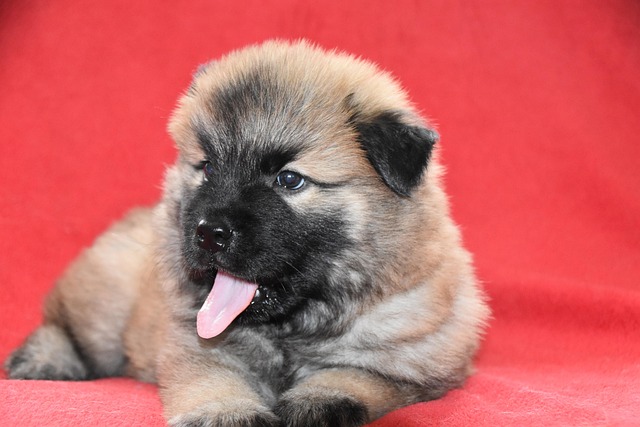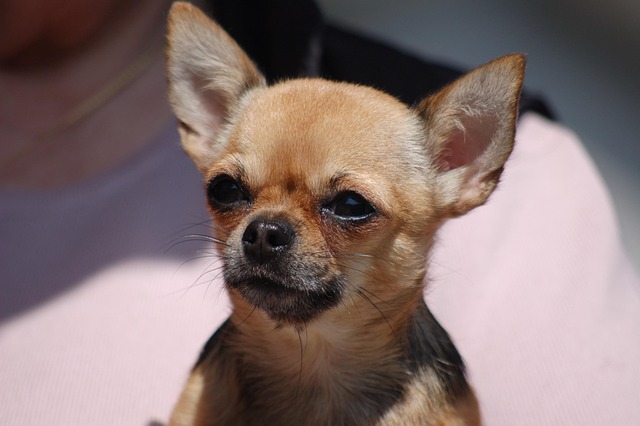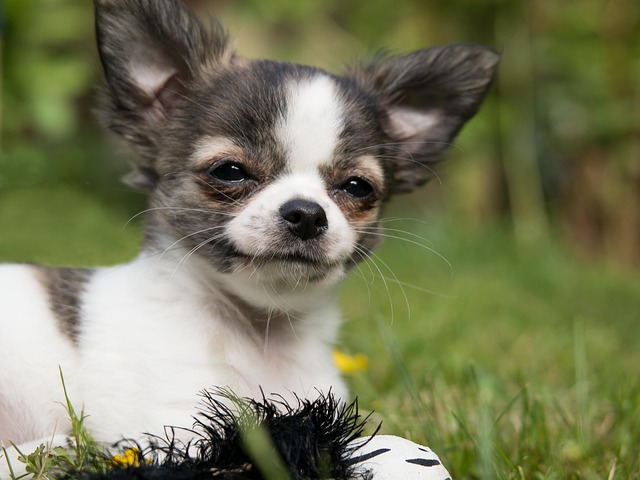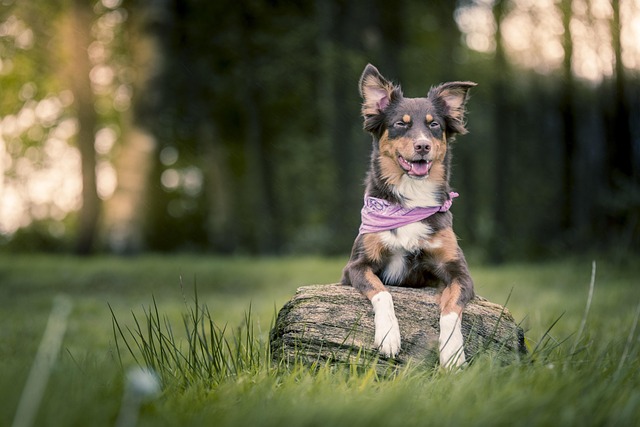
How to train a dog to bite back?
Training a dog to have defensive biting ability is not merely about releasing its attack instincts. Instead, it is based on a high level of trust between humans and dogs.
The morning sun gently spills into the room as the newly arrived puppy stumbles through its exploration of this unfamiliar world. Its soft fur, wet little nose, and every wobbly movement tug at the owner's heart. Yet when you joyfully call its name, it only looks around blankly, showing no response. In that moment, feelings of loss and urgency well up—we all long to instantly build a unique communication bridge with this little creature, so that hearing its name becomes the sweetest summons, prompting it to bound over happily. Training a puppy to respond to its name is not just about teaching a simple skill; it's about building a bridge of trust and tacit understanding between humans and dogs, a growth journey filled with love and patience.
To successfully train a puppy to respond to its name, start by understanding its behavioral traits and learning patterns. Puppies are like blank slates, curious about everything around them but highly distractible, with short attention spans and limited comprehension. Biologically, a puppy's brain is still developing, and its nervous system is immature, making it hard to focus on complex tasks for long. However, puppies have a strong learning drive and a craving for rewards, innately drawn to anything that brings pleasure—and this is the key to training. Just as children strive to learn for a favorite candy, puppies will actively respond to guidance for tasty treats, gentle pets, or fun playtime.
Choosing the right training timing and environment is crucial for success. Puppies are more sensitive to food rewards when hungry, so train before meals. At this time, their attention is highly focused on the food in your hand, making them more cooperative. The training environment should also be quiet, comfortable, and low in distractions to prevent noisy sounds, strangers, or other animals from diverting the puppy's focus. For example, a corner of the living room with a soft mat and minimal clutter makes an ideal training ground. In such a space, the puppy feels safe and relaxed, better able to concentrate on learning.
The most effective method for training a puppy to respond to its name is positive reinforcement. Prepare small treats the puppy loves, such as chicken jerky or cheese cubes, cut into bite-sized pieces for easy swallowing. Begin by squatting to meet the puppy's eye level and calling its name in a warm, cheerful, and inviting tone. The moment the puppy perks up its ears or turns its gaze toward you—even the slightest reaction—immediately give a treat and praise happily, such as "Good job!" or "What a good pup!" This instant reward and praise help the puppy associate hearing its name with getting delicious snacks and the owner's affection, teaching it that responding to its name leads to positive experiences.

As training progresses, gradually raise the bar. Once the puppy reliably looks at you when called, the next step is to have it come to you. After calling its name, open your arms, take a small step back, and encourage it warmly with "Come here." If the puppy hesitates, gently shake the treats in your hand to attract it. The moment it starts moving toward you—no matter how slowly—reward it with a treat and praise as soon as it gets close. Repeat this process, keeping each session 5–10 minutes to prevent the puppy from losing interest due to fatigue. With consistent practice, the puppy will grow more skilled at dashing to the owner instantly upon hearing its name.
Patience and consistency are vital throughout training. Puppies may get distracted or uncooperative for various reasons—suddenly noticing a bug on the floor or getting tired and refusing to move. In these cases, the owner should remain calm, re-engage the puppy's attention, and continue training without frustration or giving up. Family members should also use consistent methods and commands to avoid confusing the puppy. For example, everyone should use the same name (no mixing formal names and nicknames) and stick to treats as rewards rather than switching to toys. Uniform training helps the puppy master the skill faster.
Once the puppy reliably responds to its name in quiet environments, introduce distraction training to strengthen its reaction. Gradually increase environmental complexity, such as training in a park or a room with other pets. In distracting settings, the puppy may ignore your call due to new stimuli. If this happens, speak more clearly and attractively; if necessary, move closer and softly call its name near its ear. Reward immediately when it responds. By practicing in various environments and with different distractions, the puppy will turn name response into an instinctive behavior.
Training a puppy to respond to its name is like nurturing a seed—it requires careful watering with love and patience. Each successful response is like a seed sprouting, bringing endless surprises and touching moments. When the once-ignorant puppy, now on a vast grassy field, turns and dashes toward you without hesitation upon hearing its name, that trust and dependence are the best reward for all your training efforts. May every owner build a deep emotional bond with their puppy during this warm training journey, creating beautiful chapters of growth together.

Training a dog to have defensive biting ability is not merely about releasing its attack instincts. Instead, it is based on a high level of trust between humans and dogs.

When we watch dogs sniffing around with curiosity, their smart eyes flashing with the light of exploration, we will realize their innate instinct of exploration.

When your lovely Teddy suddenly bares its tiny teeth and nibbles at your fingers or clothes, or accidentally scratches your skin during play,

In the morning, sunlight filters through the window into the room as you carry a bowl of carefully prepared dog food toward the shepherd dog.

In the world of dogs, smell is their unique language for perceiving the outside world and a mysterious bridge for communicating with humans. Dogs' sense of smell is dozens or even hundreds of times more sensitive than that of humans.

When dogs explore the world with their teeth, furniture often becomes their "teething victims." This not only frustrates owners but also reveals the deeper needs behind their behavior.